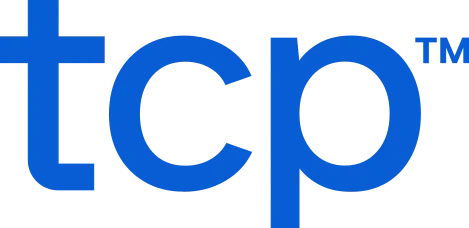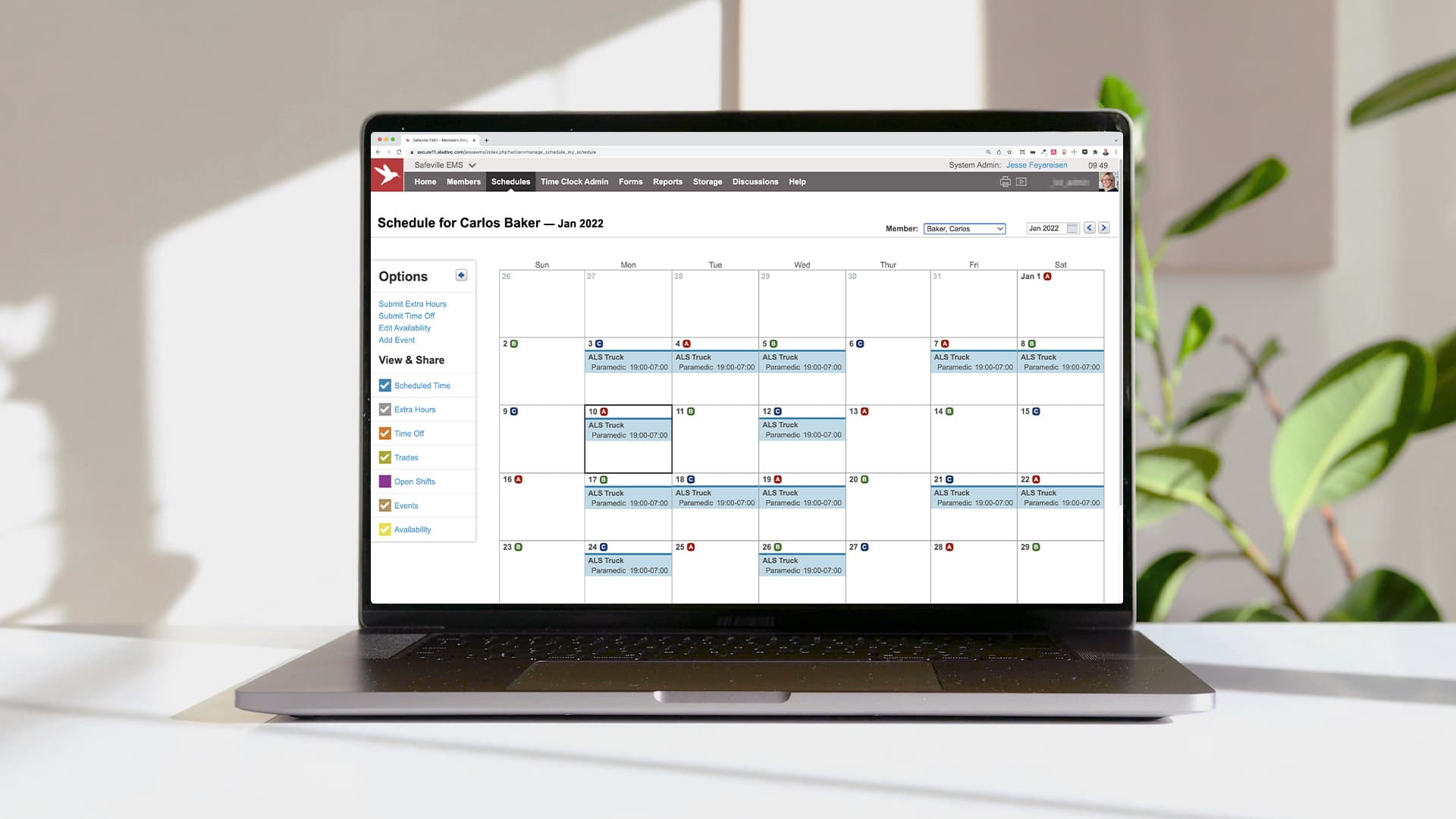Efficient workforce scheduling is critical for modern organizations, requiring a balance of dynamic demands, transparent communication, and flexibility to drive business value and foster employee loyalty. Yet, many organizations still rely on employee scheduling software that is outdated, manual systems that fail to meet these needs, resulting in significant hidden costs.
Why employee scheduling matters
Did you know that 80% of employees’ timesheets in the U.S. contain errors due to poor scheduling practices? Inefficient scheduling not only wastes time but also impacts productivity, employee morale, and even compliance with labor laws. For organizations of all sizes, managing employee schedules manually can lead to errors, increased costs, and dissatisfied staff.
As organizations grow and the workforce becomes more diverse, scheduling complexities increase. Factors like varying shift preferences, skill levels, compliance regulations, and fluctuating demand make workforce management a critical challenge. Failing to address these issues can result in financial losses, high turnover rates, and operational inefficiencies. This is why organizations today must adopt smart employee scheduling solutions to stay competitive.
The challenges of manual scheduling
Managing employee schedules manually may seem straightforward, but it often leads to mistakes that disrupt operations and frustrate both managers and staff. Without an automated system, organizations face a range of issues that can impact productivity, compliance, and employee satisfaction. Additionally, manual scheduling lacks the flexibility and real-time updates needed in today’s fast-paced work environments. Here are four major challenges of manual scheduling:
- Inefficient and time consuming
- Scheduling conflicts and errors
- Compliance risks
- Impact on employee satisfaction
Addressing these challenges requires a more efficient approach to workforce scheduling—one that minimizes errors, saves time, and keeps your employees and your business running smoothly.
1. Inefficient and time consuming
Traditional scheduling methods, such as spreadsheets or pen-and-paper approaches, are notoriously inefficient and time-consuming, especially for businesses with large teams or complex shift requirements. Managers spend hours every week juggling shift allocations, adjusting schedules, and resolving conflicts. This manual workload diverts attention from more strategic tasks and can lead to costly mistakes.
2. Scheduling conflicts and errors
Without a centralized system, double bookings, understaffing, and last-minute schedule changes are common. These issues disrupt operations, frustrate employees, and may lead to customer service issues. For instance, in the retail and hospitality industries, improperly scheduled shifts can mean long lines, overwhelmed employees, and lost revenue. While in healthcare, employee scheduling mistakes can lead to critical understaffing that affects patient care and safety.
3. Compliance risks
Maintaining compliance with overtime regulations, labor laws, and industry-specific mandates can be daunting. Mistakes in scheduling can result in fines, lawsuits, or reputational damage. Many industries must adhere to strict labor laws, including maximum working hours, mandatory breaks, and overtime restrictions. Manually tracking these regulations increases the risk of non-compliance, which can lead to severe legal consequences.
4. Impact on employee satisfaction
Frequent last-minute changes, inconsistent shifts, and a lack of transparency can create frustration among your employees. Unhappy workers are more likely to quit, leading to increased turnover and hiring costs. Employees value predictable schedules that allow them to balance work with personal responsibilities. Poor scheduling can lead your team to burnout, disengagement, and a negative workplace culture.
By relying on manual methods, businesses risk operational inefficiencies, lower employee satisfaction, and missed opportunities to optimize labor costs and productivity.
The role of employee scheduling software
Employee scheduling software has emerged as a game-changer in the operations of modern organizations. These tools help employers efficiently create, modify, and share schedules with employees, often integrating with time-tracking and leave management solutions. With employee scheduling solutions, organizations can automate the scheduling process to ensure shifts are allocated efficiently, conflicts are minimized, and communication is seamless. And by leveraging automation, companies can eliminate the inefficiencies of manual scheduling and ensure better workforce management.
Why employee scheduling software is a strategic investment
Antiquated employee scheduling systems harm productivity, as they don’t support the dynamic nature of today’s real-time work environment or integrate with critical organization aspects, such as payroll, labor costs, onboarding, or training.
A modern, efficient workforce demands more than outdated scheduling practices. Investing in employee scheduling software addresses core inefficiencies, enabling organizations to reduce costs, boost employee satisfaction, and maintain operational excellence. For industries like retail, healthcare, and manufacturing, where staffing needs are dynamic, employee scheduling software provides the flexibility and reliability necessary to maintain a competitive edge.
Flexible, cloud-based employee scheduling ensures appropriate staffing is aligned with projected demands, leading to comprehensive shift coverage and eliminating overstaffing costs. In addition, features like automated conflict detection helps you know the right personnel are slotted in according to their skill sets, compliance parameters, and availability. And by integrating your employee scheduling software with your payroll, HR systems, and other essential business tools, your organization can streamline administrative tasks, reduce manual data entry, and maintain consistency across platforms.
Benefits of employee scheduling software
Tackling the challenges of ineffective employee scheduling calls for solutions that streamline processes and enhance productivity for your organization. Fortunately, employee scheduling software can deliver long-term value for organizations of all sizes. Here are a few of the benefits of employee scheduling software.
Automation and time savings
Workforce scheduling software automates the entire process, taking into account employee availability, skills, and labor demand. Managers can generate optimized schedules with just a few clicks, reducing administrative burden. The automation of scheduling allows your organization to focus on growth and strategy rather than spending excessive time on routine scheduling tasks.
Enhanced communication
Modern scheduling tools come equipped with built-in communication features, enabling your employees to stay updated on shift assignments and changes in real time. Notifications keep everyone informed, minimizing confusion and miscommunication. Employees can conveniently access schedules through mobile apps, receive alerts for upcoming shifts, and quickly request adjustments as needed.
Improved accuracy
With AI-powered conflict detection, these scheduling tools prevent double bookings and guarantee that every shift has adequate coverage. This enhances operational efficiency and reduces last-minute efforts to fill staffing gaps. By integrating with payroll systems, scheduling software also helps verify that your employees are compensated accurately, minimizing payroll discrepancies.
Employee empowerment
Self-service portals enable employees to swap shifts, request time off, and update their availability without going through cumbersome approval chains. This autonomy boosts morale and engagement. When your employees feel they have more control over their schedules, they experience higher job satisfaction and loyalty to the company.
Data-driven insights
Analytics features help organizations forecast labor needs, identify inefficiencies, and optimize staffing levels. By analyzing trends, you and your team can make informed decisions about workforce planning. Data-driven insights can also reveal patterns in absenteeism, overtime usage, and peak work hours, helping your organization make strategic adjustments.
The business impact of employee scheduling software
Implementing employee scheduling software can have a profound impact on business operations, boosting efficiency, productivity, and overall profitability. By automating time-consuming tasks like shift planning, tracking employee availability, and managing time-off requests, businesses can save countless hours that managers would otherwise spend on manual scheduling. This allows them to focus on higher-value activities, such as strategic planning and team development.
Additionally, employee scheduling software helps reduce scheduling conflicts, ensuring that shifts are covered without overstaffing or understaffing, which can directly impact customer satisfaction and operational costs.
Moreover, employee scheduling solutions foster better communication and transparency by providing employees with instant access to their schedules and enabling them to swap shifts or request changes seamlessly. Not only does this help enhance employee morale and engagement, but it also helps to reduce turnover rates.
For businesses that operate in industries with strict labor laws, scheduling software ensures compliance by flagging potential violations like excessive overtime or missed rest breaks, thereby minimizing the risk of costly fines and legal issues. Overall, investing in scheduling software not only streamlines operations but also improves workforce management, creating a positive ripple effect across the entire organization.
The competitive advantage of employee scheduling software
In an era where efficiency and employee satisfaction are key to business success, employee scheduling software offers a competitive edge. By automating scheduling, improving communication, and reducing costs, these tools help organizations streamline operations and foster a happier, more productive workforce. Companies that invest in the right scheduling solution can expect improved efficiency, cost savings, and higher employee retention.
TCP Software’s employee scheduling and time and attendance solutions have the flexibility and scalability to suit your business and your employees, now and as you grow.
From TimeClock Plus that automates even the most complex payroll calculations and leave management requests, to Humanity Schedule for dynamic employee scheduling that saves you time and money, we have everything you need to meet the needs of your organization, no matter how unique. Plus, with Aladtec, we offer 24/7 public safety scheduling solutions for your hometown heroes.
Ready to learn how TCP Software takes the pain out of employee scheduling and time tracking? Speak with an expert today.





